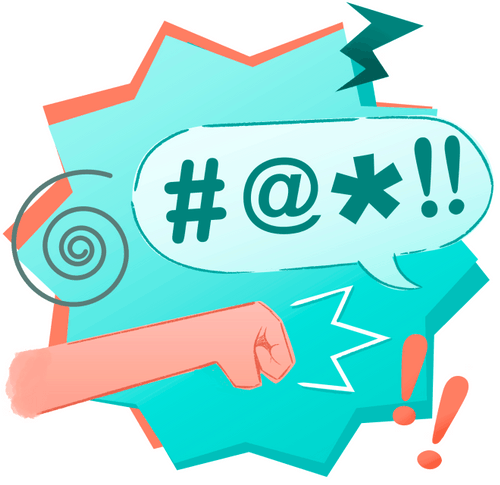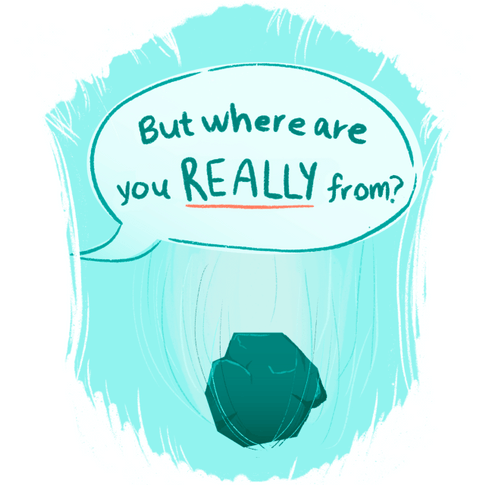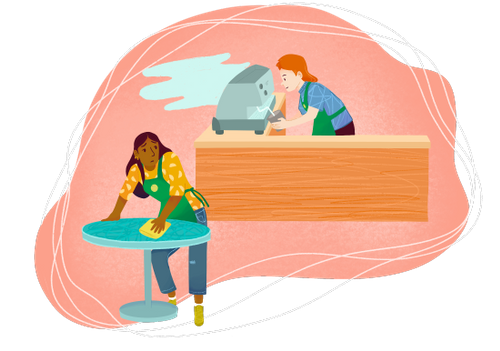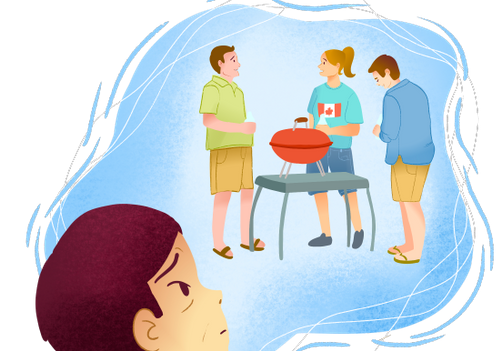
Cuando pensamos en el racismo, muchos de nosotros pensamos primero en actos de violencia física que lastiman a las personas. Podemos intentar reducir el odio y los estereotipos que conducen a esta violencia abordando el racismo sutil cotidiano.

Cuando pensamos en el racismo, muchos de nosotros pensamos primero en actos de violencia física que lastiman a las personas. Podemos intentar reducir el odio y los estereotipos que conducen a esta violencia abordando el racismo sutil cotidiano.
Las microagresiones son comentarios o acciones que hacen que las personas de un grupo minoritario sientan que no pertenecen. A menudo son sutiles y, al principio, el dolor que causan puede parecer solo una incomodidad, como pisar una pequeña piedra.
Cats are great


Pero estas microagresiones se acumulan. Las pequeñas piedras se convierten en una montaña que hay que superar. Son mensajes abrumadores dirigidos las personas que no son blancas, diciéndoles que son extraños, sin importar dónde hayan nacido.


Este sitio web ofrece algunas herramientas para enfrentarse a esta montaña.
Tenemos que identificar cuando ocurre una microagresión, ya sea a nosotros mismos o a nuestro alrededor. Estas son historias reales de racismo en nuestras comunidades:

Kate, coreana-canadiense, residente de Vancouver, estaba en el supermercado cuando otra persona que estaba en la fila les dijo a sus hijos que no se pusieran detrás de Kate porque los podría contagiar de COVID-19. Una semana después, en el mismo supermercado, una cajera se negó a ayudar a Kate diciendo que iba a tomar un descanso. Cuando Kate vivió estas situaciones se sintió avergonzada y confundida.

Grace, quien reside en Vancouver, fue contratada en una cafetería junto con otro empleado que tenía la misma experiencia que ella. Al otro nuevo empleado, que era blanco, le enseñaron a usar la máquina de café después del primer día. A Grace nunca le ofrecieron ese tipo de entrenamiento y solo le asignaron actividades de limpieza y organización durante dos meses. Esto hizo que Grace se sintiera humillada y defraudada, dañando su autoestima.

Chris, un estudiante chino-etíope en Langley, se sintió señalado en clase por una maestra que frecuentemente le tocaba su cabello, haciendo comentarios sobre su textura. La maestra nunca hacía esto con otros estudiantes. Esto hizo sentir a Chris aislado y avergonzado, especialmente por ser una de las pocas personas de color en la escuela.

Rebecca, residente permanente en Surrey, vive en un barrio muy unido donde solo viven dos familias chinas. Rebecca trata de reunirse con sus vecinos muy seguido y llevarles regalos, pero en la celebración del día de Canadá, ambas familias chinas fueron excluidas del asado de esta celebración. Esto hizo que Rebecca se preguntara si esta exclusión estaba motivada por racismo, y que sintiera que nunca iba a encajar.
Una microagresión puede parecer poco, pero es algo que algunas personas experimentan a diario. Son pequeños actos de poder que sirven para recordar a los grupos marginados que son inferiores.
Mientras que algunas personas pueden no sentirse afectadas por un comentario, otras pueden sentir que se trata de una microagresión. Esto se debe a que el contexto de lo que se dice o hace es muy importante.
Cats are great


Investigaciones han demostrado que las microagresiones son mas hirientes para los asiáticos nacidos en Canadá que para los inmigrantes asiáticos. Esto es porque en la sociedad canadiense se enseña que la igualdad y la pertenencia son valores muy importantes.
Cats are great
Para los asiáticos nacidos en Canadá o que han pasado la mayor parte de su vida aquí, las microagresiones pueden hacerles sentir que no pertenecen y pueden ser muy hirientes. A largo plazo, pueden ser perjudiciales para su autoestima y su salud mental.
Cats are great

Para detener este ciclo hiriente, debemos aprender a responder a las microagresiones y aprender a hablar de ellas con la familia o nuestros seres queridos.

Este paquete de cartas está hecho para familias multigeneracionales que pueden haber crecido en diferentes países y pueden tener diferentes entendimientos del racismo. Junto con este sitio web, te ayuda a reconocer y aprender sobre las microagresiones, cómo responder a ellas y cómo discutirlas con los miembros de tu familia.
Ir al paquete de cartas